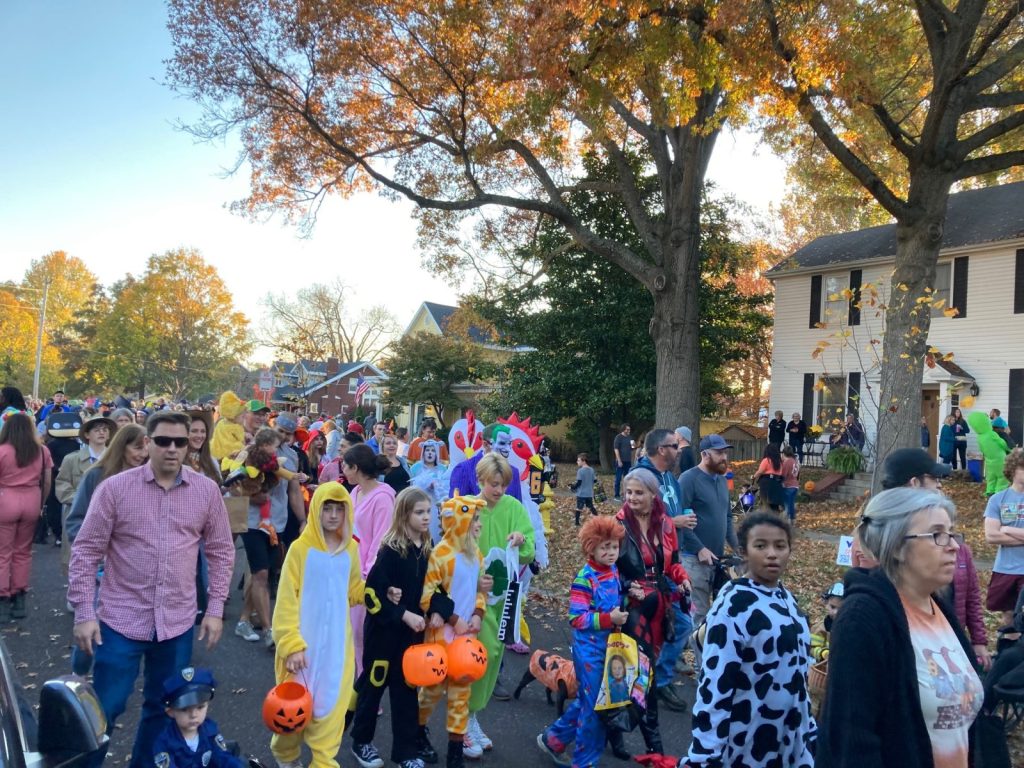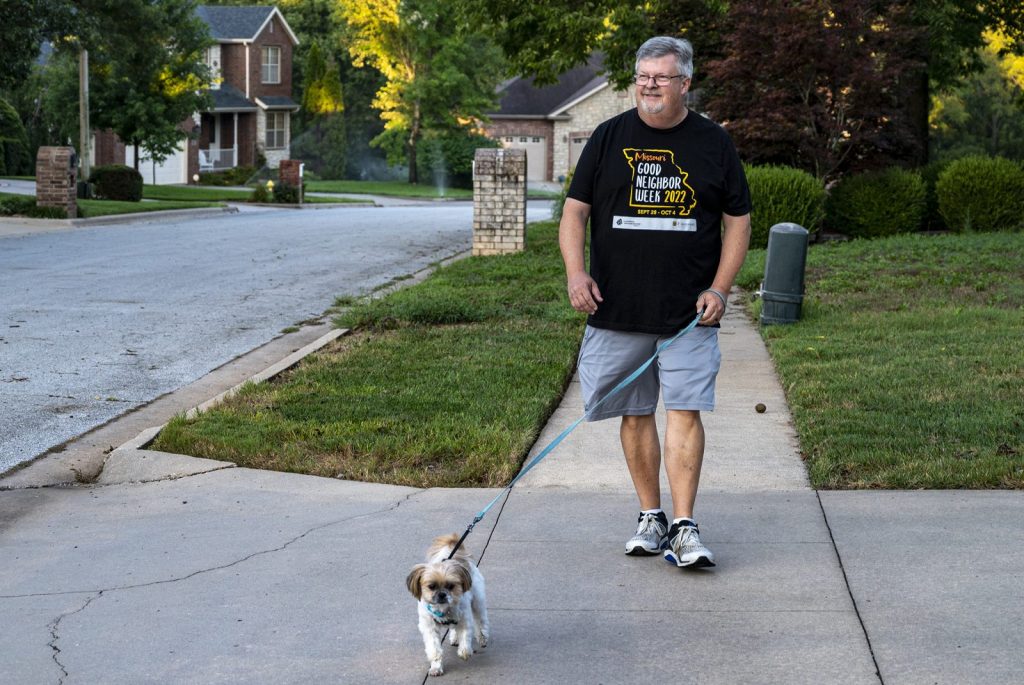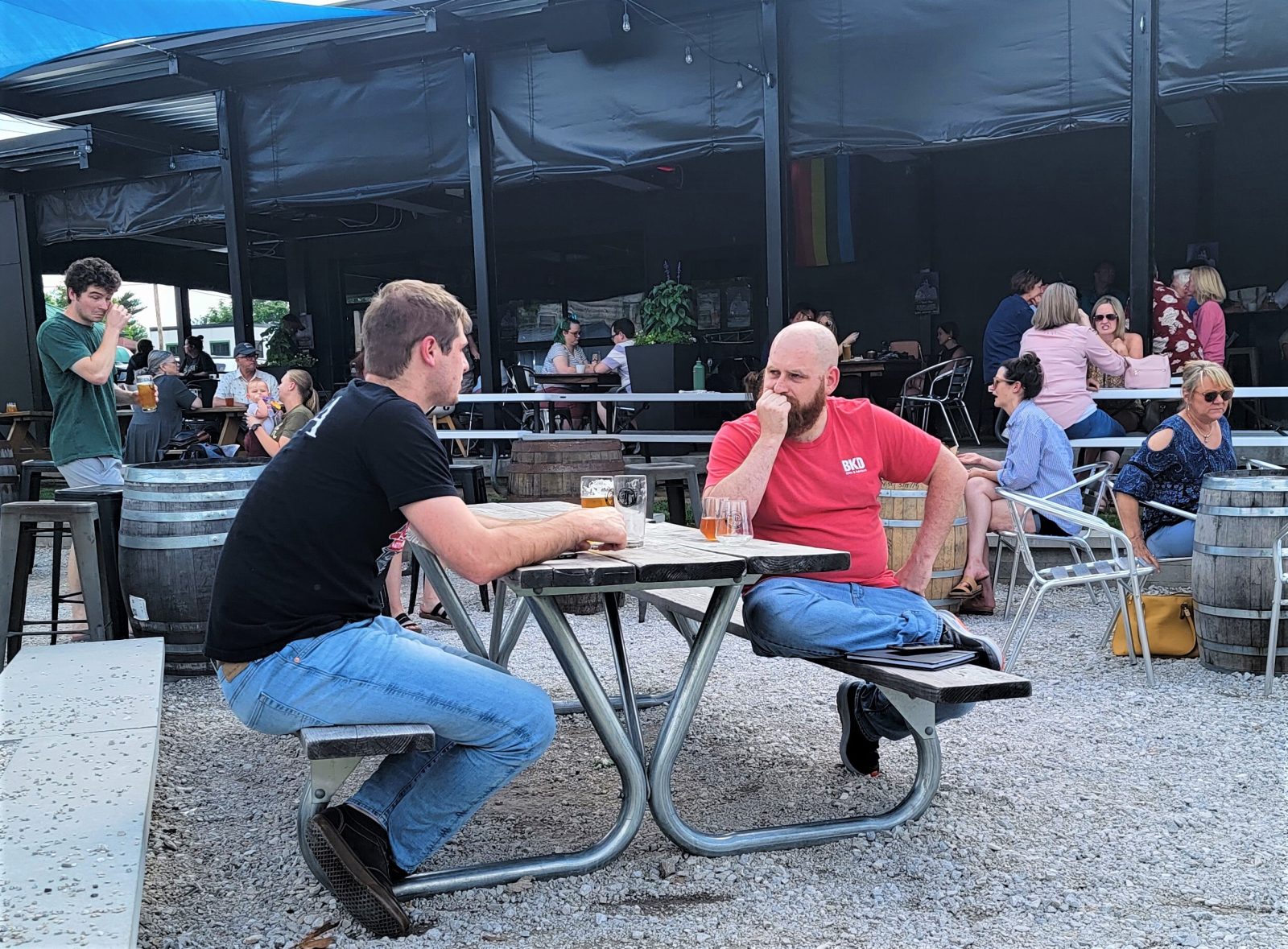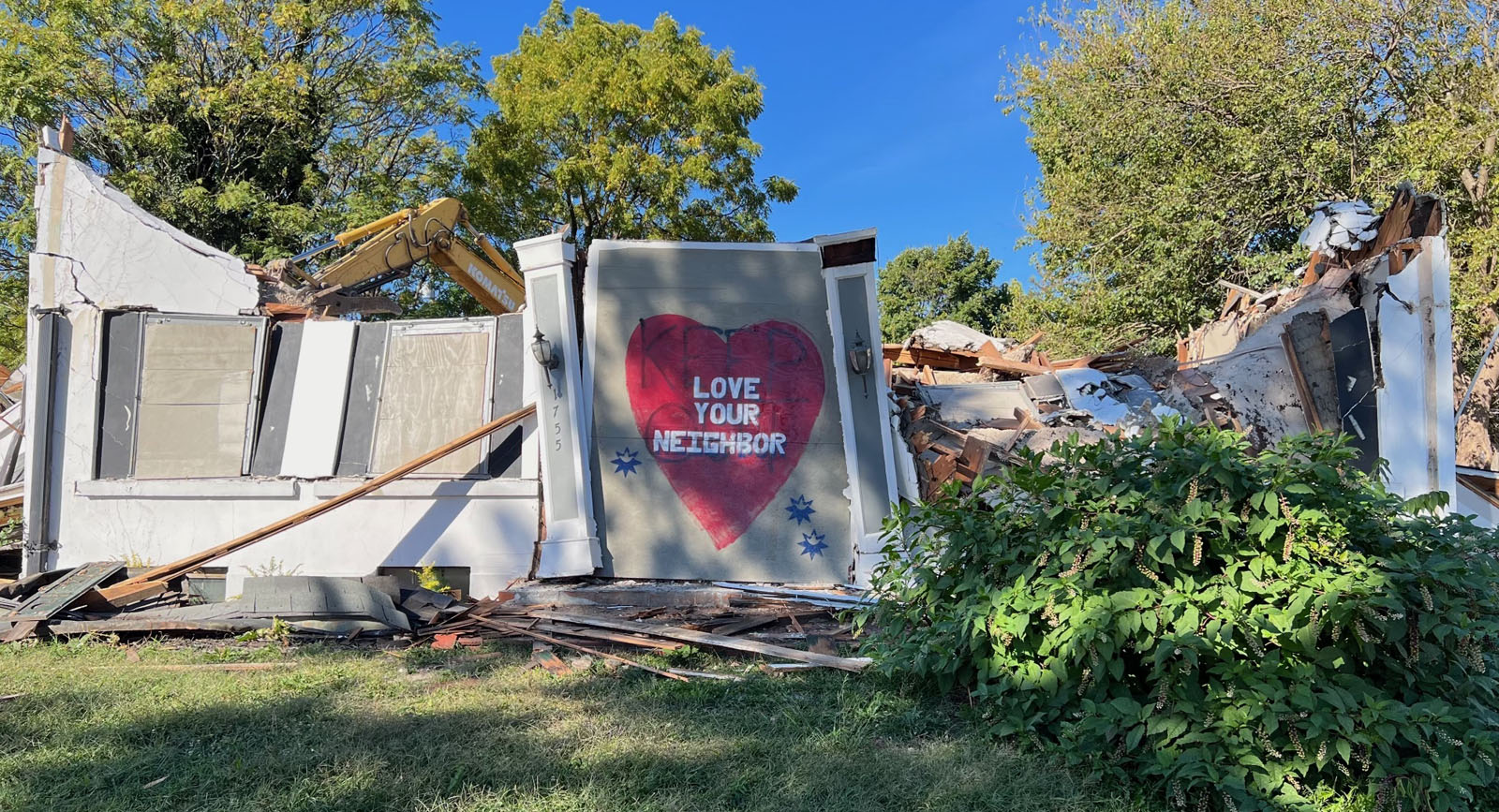In this current era for America and Springfield, the cultural narrative is that good neighbors are quiet and leave us alone.
It has not always been that way.
Dr. Richard Schwartz, a psychiatrist from Harvard Medical School, writes about this trend in a book with Dr. Jacqueline Olds entitled, “The Lonely American.”
They observed that in the 1950s, Americans expected interaction, to be welcomed to the neighborhood, to share tools or food, to watch each other's kids, to have someone to watch their home when gone, and someone who would invite them over for dinner.
In their 2012 book, they observed neighbor behavior had become different. They summarize their answer to what Americans expect in a neighbor as “someone who is quiet and leaves them alone.”
“Those comments in our book were based on accumulated observations over time rather than a formal study,” said Schwartz. “But they are accurate.”
Their observation is now supported by a scientific study done with residents of Southwest Missouri.
Study to track changes in neighboring
In 2022, the Greene County MU Extension Council authorized southwest Missouri's first “State of Neighboring” survey. The plan is to repeat this study every year or two to chart progress (or regression).
My interest in a local study came from frustration in motivating Springfield area residents to take action.
Last fall, I interviewed Dave Runyon, author of “The Art of Neighboring.” I asked Dave my big question. “What is the best way to get people interested in neighboring?” He gave me an answer tied back to America's consumer culture.
“We must explain to people what is in it for them,” said Runyon. “The idea of being a good neighbor often gets token lip service among Americans but never rises to the level of being a priority. We have to provide reasons for making it a priority.”
Ann Meyer, co-creator of The Neighboring Life website, sees it differently. “I think the truth is that many Americans are intentionally making choices that lead to living an isolated and lonely life,” said Meyer. “Online shopping, socializing, and meetings lead to isolation, which is not the best way to live. We call it intentional isolation.”
I am convinced the most significant part of our problem is that most Americans already think they are good neighbors because they smile and wave at people around them. That means the first step toward getting people to become engaged neighbors is to convince them that they are not already good neighbors.

People say good neighbor ‘respects my privacy’
When asked to pick traits of a good neighbor, 70 percent of respondents to the Southwest Missouri survey said “respects my privacy,” and 55 percent said “is quiet – does not make excessive noise.”
The best news in the study is how that same question is answered by individuals who have taken neighboring classes or received my neighboring newsletter. Among those people, a good neighbor is someone who “takes care of their property” and “watches out for a neighbor's property.”
Other top traits for this group of engaged neighbors are:
- “Watches out for fellow neighbors' personal safety”
- “Helps out a neighbor with an unexpected need”
- “Checks in on elderly neighbors”
- “Is positive and encouraging in conversation”
- “Willing to loan a tool or food ingredient when asked”
- “Practices good parking etiquette”
In our local study, residents were less likely (55 percent) than the national average (67 percent) to want to have face-to-face conversations with neighbors. But among engaged neighbors, that type of interaction jumps to 83 percent.
Other highlights include 57 percent of respondents (lower than the national study) saying they would attend a neighborhood block party.
At least one favor for an immediate neighbor has been offered in the past 12 months by 72 percent of survey respondents. A full 56 percent say they would like to interact with their neighbors beyond just a wave and hello. And 61 percent find socializing with their neighbors important (although at varied levels).
Several areas need improvement, including making an effort to learn neighbors' names. Only 34 percent of respondents know all or most of their neighbors' names. Among the “engaged neighbors” group, that same number jumps to 61 percent.
One question that merits more research asked whether or not the respondent had hosted a neighbor in their house over the last 12 months. In the national study (done pre-COVID), 67 percent said yes. But in our regional study post-COVID, only 36 percent said yes. And our engaged neighbors were no better, with just 33 percent agreeing with our statement.
Download the full survey data (Excel spreadsheet).
MU Extension is conducting further analysis of our study. Part of that work is comparing local answers to those in the 2016 State Farm neighboring study based on a national survey of 6,051 adults. That study found that people still value interacting with their neighbors, but also found some generational differences, for instance, that Millennials may not know precisely how to connect.

Republic provides a case study
While trend data for Springfield will not be available until the next survey, we have some comparison data in Republic, where I surveyed a few of these same questions among residents in 2019.
Comparing the 77 responses from 2019 to the 82 responses received this year shows some improvement in Republic in crucial measurement areas. That is encouraging since I have been writing and speaking about the importance of neighboring in Republic since 2019.
Question: I know the names of the neighbors in _____ of the homes adjacent to my property or apartment.
- In 2019, 15 percent said they knew a few, and 41 percent said one or none.
- In 2023, the majority answer was a few, with 25 percent and 27 percent saying one or none.
Question: How important is it for neighbors to get together and socialize?
- In 2019, 66 percent said it was of little or no importance, and 22 percent said it was somewhat important.
- In 2023, somewhat important was 41 percent, while 33 percent said it was of little or no importance.
Question: I would like to interact with my neighbors beyond a friendly wave hello.
- In 2019, 22 percent answered yes.
- In 2023, 62 percent answered yes.
Question: If my neighborhood had a block party, I would definitely attend.
- In 2019, 38 percent said they would definitely attend.
- In 2023, 64 percent said yes, and 23 percent were unsure.
Becoming an engaged neighbor
Want to change the cultural narrative? Then change what you are doing by getting engaged with your neighbors.
Read a good book on the subject or enroll online in my Neighboring 101 class.
Or mark your calendar to participate in one of the three major neighboring events promoted by University of Missouri Extension.
Won't You Be My Neighbor Day (March 20) is Mister Rogers’ birthday. We are working on a statewide website to promote this “act of kindness” effort.
Lawn Art With Neighbors (April 22 – May 7) is a project emphasizing public displays of art (in yards) and something involving neighborhoods. More information online.
Missouri Good Neighbor Week is a statewide opportunity to remember (Sept 28-Oct. 4); more information on our website.
I encourage you to question some of your assumptions about neighbors. Spend time with people in your neighborhood you might not normally choose to spend time with voluntarily.
The genius of this principle of getting to know your neighbor is that it brings people closer together and builds trust and opportunities to work together to improve your community and the state of neighboring in the United States, starting in your own neighborhood.





